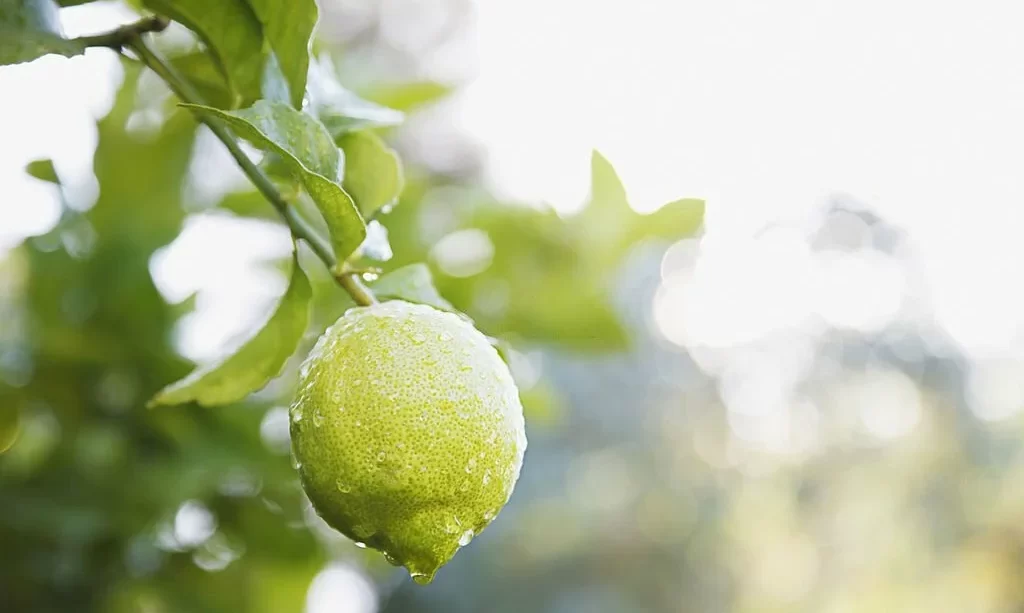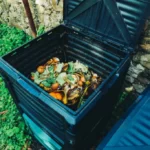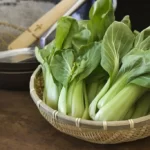Limes, with their zesty and tangy flavor, have established themselves as a versatile and essential citrus fruit in kitchens around the world. These green gems are cherished for their ability to enhance the taste of dishes and beverages. However, one question frequently arises: are limes a product of natural evolution or have they been influenced by human intervention? In this article, we delve into the origins of limes, seeking to unravel the mystery of whether they are naturally occurring or the result of human cultivation. Understanding the history and development of limes provides a deeper appreciation of this beloved citrus fruit.
The Lime: A Citrus Overview
Before we investigate the natural or man-made origins of limes, let’s take a moment to gain a better understanding of this citrus fruit:
- Citrus Family: Limes belong to the citrus family, scientifically known as Rutaceae. This family includes a diverse range of fruits, such as lemons, oranges, and grapefruits.
- Botanical Name: The most common lime variety, the Persian lime (Citrus latifolia), is a member of the Citrus genus.
- Distinctive Characteristics: Limes are typically small, round or oval, and exhibit a vibrant green color. Their distinct flavor is known for its sharp and tangy profile.
Citrus Evolution and Hybridization
The evolution of citrus fruits, including limes, is a fascinating journey that involves natural processes and hybridization:
- Natural Evolution: Citrus fruits are believed to have originated in Southeast Asia, particularly in regions that are now part of India and Malaysia. Over millions of years, various citrus species evolved through natural selection and adaptation.
- Hybridization: As citrus fruits spread to different parts of the world, they encountered other citrus species. Cross-breeding and hybridization occurred, leading to the development of new citrus varieties. For instance, the mandarin orange is thought to be a hybrid of the pomelo and the mandarin lime.
Understanding the natural evolution and hybridization within the citrus genus is pivotal to exploring the history of limes. In the following sections, we will delve into the historical origins of limes, their cultivation, and the human influence on the development of this beloved citrus fruit.
Historical Origins of Limes
The historical roots of limes trace back to Southeast Asia and India, where the citrus fruit’s journey began. The lime’s historical significance can be summarized as follows:
- Origins in Southeast Asia: Limes are believed to have originated in the tropical regions of Southeast Asia, including areas that are part of present-day India, Indonesia, and Malaysia. In these regions, lime trees grew wild and bore small, green fruits.
- Spread Through Trade and Exploration: As human societies engaged in trade and exploration, limes found their way to new parts of the world. The spread of limes was facilitated by ancient trade routes, seafaring expeditions, and cultural exchanges.
- Historical Records: Historical texts and records from ancient civilizations, such as those of the Indian subcontinent, provide insights into the early use of limes in cooking and traditional medicine. Lime cultivation and utilization date back thousands of years.
Cultivation and Varieties
The cultivation of limes has evolved over the centuries, resulting in the development of different lime varieties and regional preferences:
- Key Lime (Citrus aurantiifolia): This small, round lime variety, often referred to as the Mexican or West Indian lime, is known for its strong, tangy flavor. It has historically been grown in Mexico and Central America and is a key ingredient in dishes like key lime pie.
- Persian Lime (Citrus latifolia): The Persian lime, also called Tahiti lime, is the most common lime variety found in grocery stores around the world. It is known for its larger size and less intense acidity compared to the key lime. Persian limes are primarily grown in regions like Mexico and the United States.
- Regional Differences: Lime cultivation varies by region, leading to variations in flavor, size, and appearance of the fruit. The availability of different lime varieties can impact local cuisine and culinary traditions.
As limes traveled across continents and regions, they adapted to different environments, leading to the emergence of distinctive varieties. The cultivation of limes has been influenced by local preferences and climates, resulting in the diversity of lime types available today. In the upcoming sections, we will explore the role of human intervention in lime cultivation and the influence of selective breeding on lime varieties.
Human Intervention and Selection
While limes have ancient origins in Southeast Asia, human intervention has played a significant role in shaping the lime varieties we know today:
- Selective Breeding: Over time, humans recognized the potential of certain lime varieties and engaged in selective breeding. This process involved cultivating and propagating lime trees with desired traits, such as fruit size, flavor, and disease resistance.
- Cultivation Techniques: The cultivation of limes evolved with the development of agricultural practices. Farmers refined techniques for lime cultivation, including grafting and propagation methods, to improve lime production.
- Culinary and Commercial Considerations: Lime varieties were selected and cultivated based on culinary preferences and commercial demand. The unique characteristics of specific lime types made them more suitable for certain dishes, culinary traditions, or the global market.
Conclusion
In the realm of citrus fruits, limes have captured our taste buds and culinary imagination. Their vibrant history, stemming from the tropical landscapes of Southeast Asia, has been shaped by centuries of human intervention. The question of whether limes are natural or man-made is multifaceted, as it encompasses both their ancient origins and the influence of human selection and cultivation.
As we conclude this exploration, it becomes evident that limes are, in a sense, a combination of natural evolution and human-guided development. While they have roots in the lush landscapes of their Southeast Asian origins, limes have been subject to selective breeding, cultivation techniques, and regional preferences. This journey has led to the emergence of diverse lime varieties, each with its distinct characteristics and culinary significance.
Whether you savor the zest of a key lime in a refreshing pie or enjoy the mild tang of a Persian lime in your favorite beverage, limes remain a testament to the interplay between nature and human ingenuity. They exemplify how our desires and demands have influenced the fruits we cultivate and the flavors we relish. The next time you encounter a lime, whether in a recipe or a garnish, remember that it represents a blend of natural evolution and human selection, resulting in a citrus fruit that has become an indispensable part of our culinary world.



